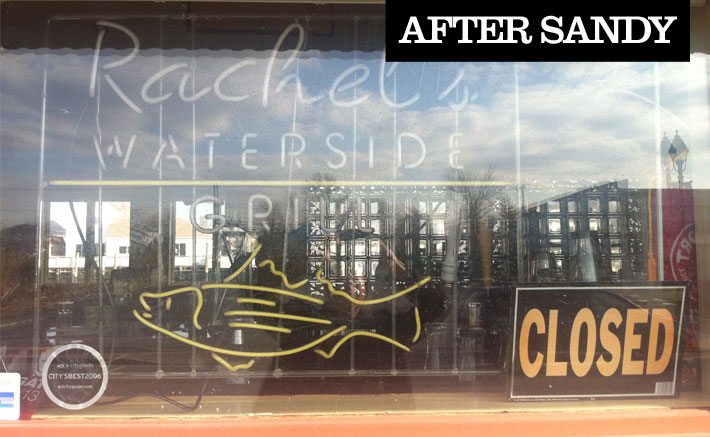
Dead In The Water
For Bochner, Hangley, Kramer, and other environmentalists speaking out about Bay Park and other sewage plants’ constantly propagating mess, one need look no further
than the state of Nassau County’s Western Bays, and the tightly knit community of Point Lookout—the sewage plants’ dumping grounds—to witness their living, breathing, devastating proof.
The toxic, gaseous monster seaweed was the subject of a heated and contentious meeting in the community Dec. 14. First reported by the Press in July, smothering beaches several baseball fields in size beneath 3- to 4-foot deep swells of solidified, noxious vegetation, one site alongside beachfront homes has actually gotten even worse.
About 140 people who attended demanded Assemblyman Harvey Weisenberg (D-Long Beach), along with DEC Regional Director Peter Scully, Nassau Legis. Denise Ford (R-Long Beach) Town of Hempstead Commissioner of Conservation and Waterways Ron Masters, to correct the problem.
“If it’s turning fixtures brown, what is it doing to our lungs!?” Dana Conklin, a 64-year-old Point Lookout resident, shouted at the panel of officials.
Weisenberg agreed to petition the DOH to declare a health emergency in order to expedite the toxic seaweed cleanup.
There have been other visible changes to the marine environment of Reynolds Channel and the Western Bays due to the plants besides the mammoth seaweed.

Toxic Seaweed: Wastewater and sludge flows from Nassau County Bay Park Sewage Treatment Plant has spawned mammoth swells of hydrogen sulfide-emitting seaweed in Point Lookout.
Once plentiful marine life have disappeared. The bottom is coated in pollutants and a thick, suffocating layer of solid byproducts. Populations of scavengers and bottom dwellers, such as spider crabs, have ballooned, overrunning the sludge-coated waterways like Joey “Jaws” Chestnut set loose in a Nathan’s Hot Dog Factory.
“They’re basically on life support, they’re almost dead,” Bochner says of the bays. “What they’re dumping in there is not normal. They should take that pipe and put it out in the ocean.”
“Forget it,” recalls Bochner. “Eels, flounders, I remember there were blowfish in there. You couldn’t even step on the sand to get to the shoreline without stepping on a starfish.”
Yet even if the county stops the recent illegal discharges, laments civic leader Ottavino, the plants’ normal outflows wreak havoc to the ecosystem.
“We’ve had nutrient-impaired water since 2006, and there still are no nutrient standards,” says Ottavino. “For years, they’ve been saying it’s stormwater runoff. No it’s not. It’s coming out of your STPs [Sewage Treatment Plants], because there’s no standards for the STPs to follow.
“[So] the standards that are in place are diluted themselves,” he adds. “That’s what’s making the Western Bays a cesspool.”
Kramer agrees:
“Within a few years after Bay Park came on stream some 50 years ago, half of West Bay was closed to shellfishing, because Bay Park poured excessive nutrients, ammonia, etc., into the Bay. Now the whole West Bay is dead, much of Middle Bay also and it’s growing, also East Bay is being damaged. The damage from Bay Park is probably spreading into Great South Bay. The bay will never be brought back to what is considered normal, until the sewage plant is completely repaired and a nitrogen reduction facility is constructed.”
Hopefully, the county, state or federal government will issue warnings to alert the public about Bay Park’s illegal discharges—the recent expulsions as well as all those others never reported to unsuspecting homeowners, boaters and fishermen. Hopefully, the rivers of sludge infecting Reynolds Channel and engulfing popular Magnolia Pier will soon end.
Until it does, Bochner will continue to document the dumping from his living room and post the footage on You Tube. He can’t not—his daily ritual is to sit back in his couch with a cup of coffee and gaze at the natural beauty hidden beneath Reynolds Channel’s recent slime. And those sunsets…
“I’m going to put a live streaming cam—I have a deck up there—and I’m going to broadcast it and hopefully it’ll end,” he muses. “And then what I’ll do is I’ll turn the cam this way, because we get the most beautiful sunsets, and I’ll call it the Sunset Cam instead of the Sludge Cam.”
With additional reporting by
Timothy Bolger.






